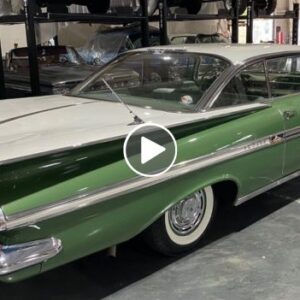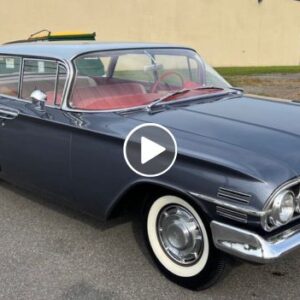The latter was a notable departure from the GT3500. Conceived for road use, it came with a big-block V8 and more oomph under the hood. Specifically, the GT500 carried an FE series 428-cubic-inch (7.0-liter) mill with a pair of four-barrel carburetors sitting atop an aluminum intake manifold. It generated 360 horsepower.
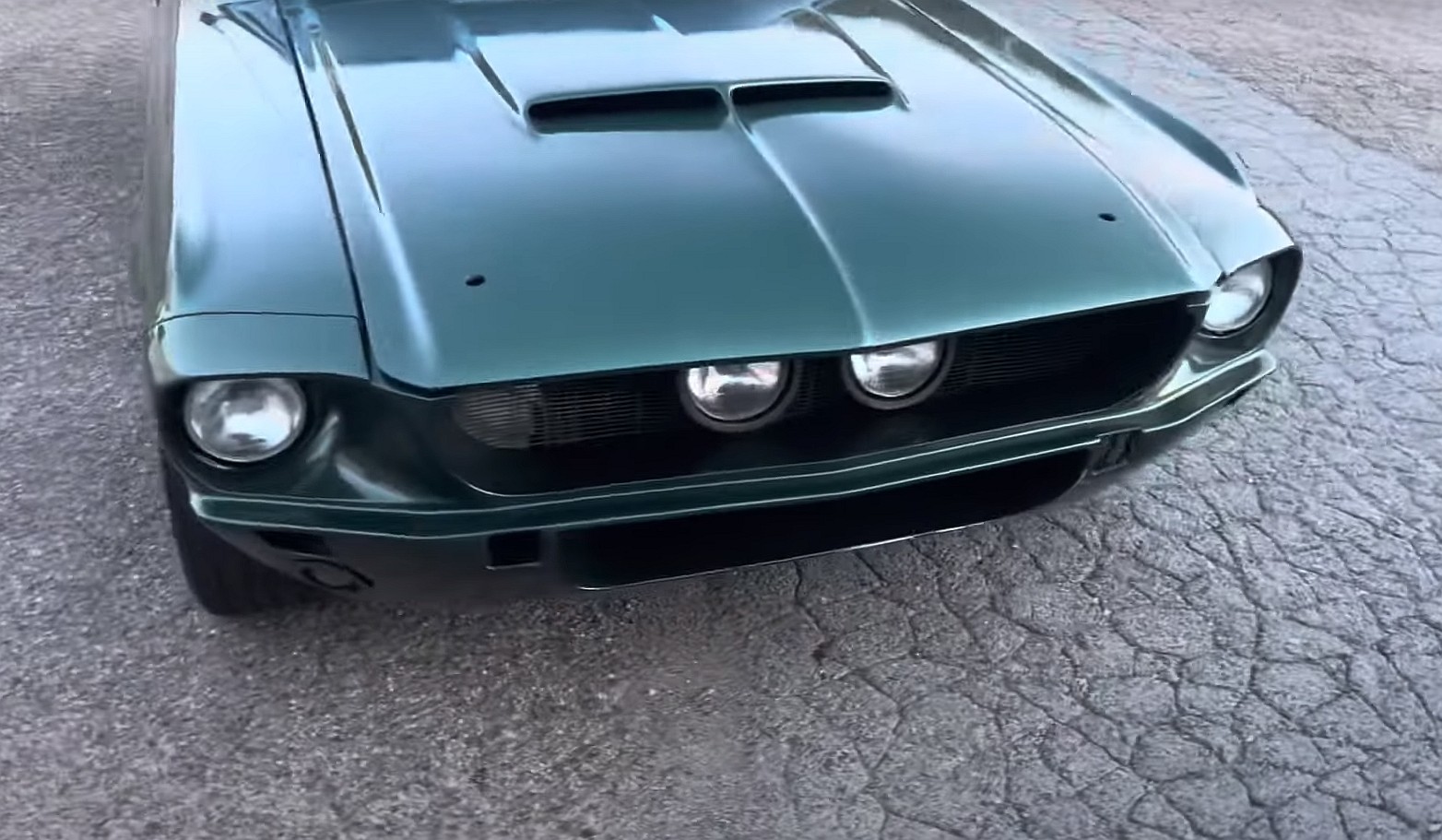
The GT500 remained in production until 1969 when Ford and Carroll went their separate ways. Some left-over examples were sold as 1970 models. In all, Shelby built 5,464 units, a figure that doesn’t include the 1,452 GT500KR examples produced in 1968.
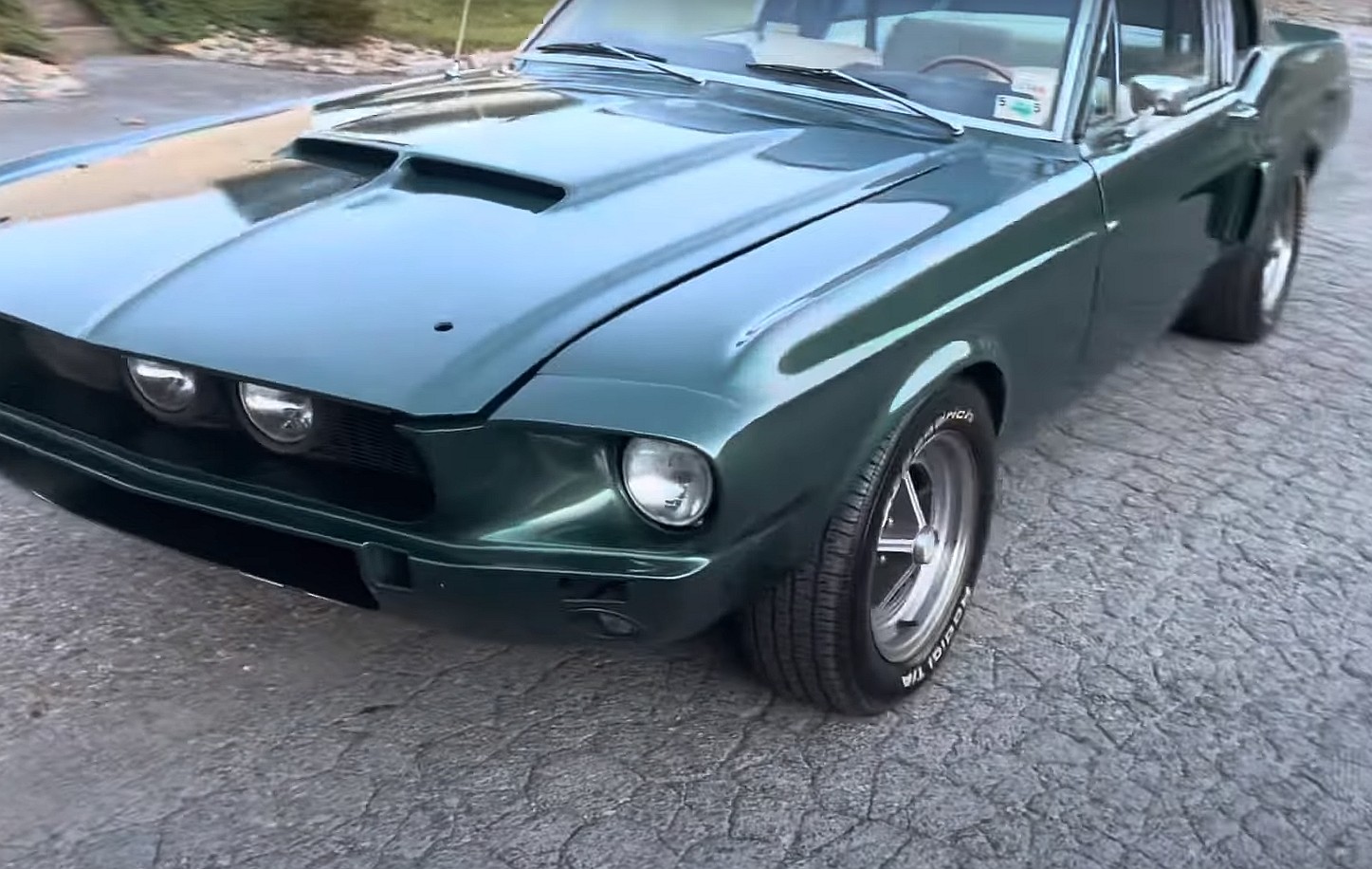
The 1967 version is the most common at 2,050 units, but it’s also the most desirable as the first-year iteration of the nameplate. Most of these cars are still around as of 2023, but the number of all-original survivors is much lower. The Dark Moss Green fastback you see here is one of those cars that lost a few original components on the way.
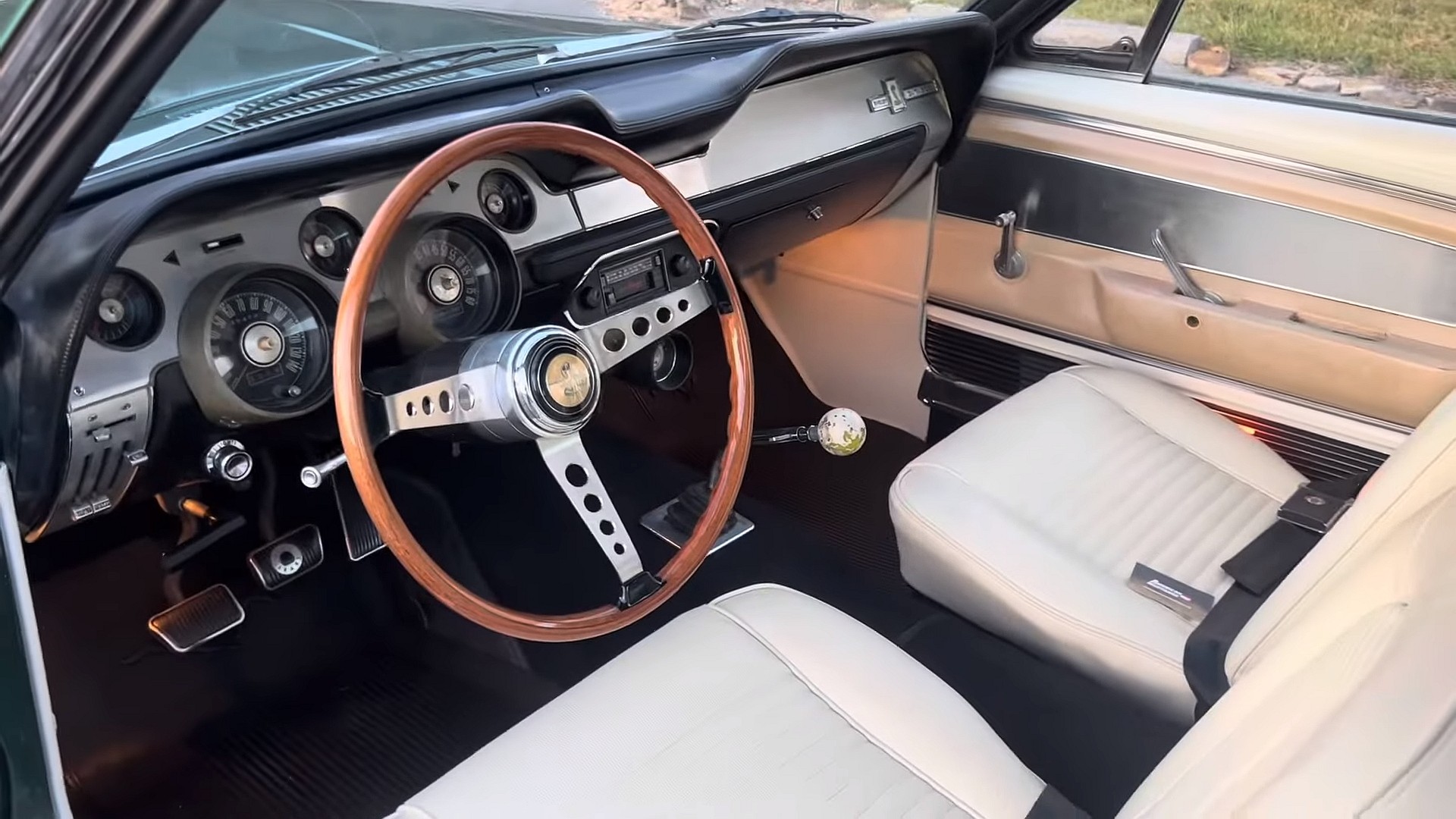
Showcased by YouTube’s “American Mustangs,” this Shelby appears to be the result of an unsuccessful restoration attempt. While nice and shiny in most places, the Dark Moss Green paint has peeled off the roof and around the rear windows, showing signs of bubbling on the rear fenders. According to our host, the restoration was halted as soon as the paint issues became apparent, and that’s precisely why the white stripes are missing.

But that’s not the only thing that prevents this GT500 from being a golden-era gem. The pony also lost its original 428-cubic-inch V8. The engine bay is now home to a 427-cubic-inch mill of the side-oiler variety. Sourced from a 1968 Ford, it also packs Cobra Jet heads and a triple carburetor setup.

The configuration is not entirely unusual. Ford actually offered an FE-type 427 in the first-generation Mustang, but the engine was short-lived and only available throughout the 1968 model year. It’s unclear whether this mill was sourced from a Mustang or a different FoMoCo vehicle from the era. The four-speed gearbox, on the other hand, is an original Shelby unit.

The interior is another area that’s no longer factory original. This pony left the assembly line with an all-black layout, but a previous owner changed it to Parchment. That’s a nicer color if you ask me, but that’s because I’m not a fan of dark interiors. I also think it works well with the green exterior, but I’m sure diehard Shelby fans would rather have it the original way.
https://www.youtube.com/watch?v=-hwZfReFhcw
All told, this Mustang needs a lot of work to morph into a period-correct GT500. Or just a bit of TLC and a repaint to become a usable muscle car with golden-era upgrades. What would you do with this GT500?
